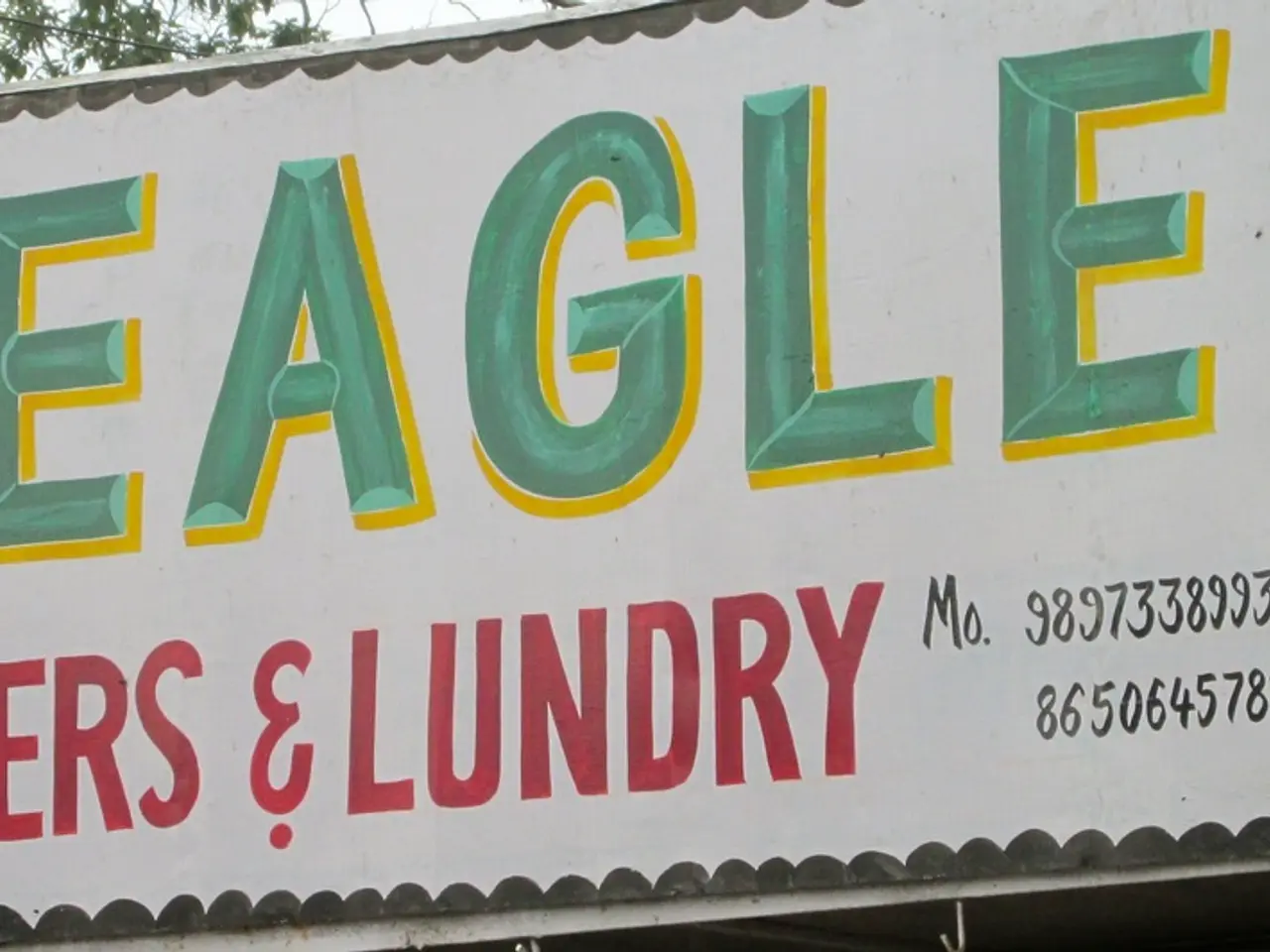Eagle in Flight Captured on Camera, Discovering Transfixing Prey Piece Left Photographer Astonished
In a surprising turn of events, a photograph captured by wildlife photographer Doug Gemmell shows a juvenile bald eagle perched on a ledge, clutching a slice of pepperoni pizza in its talons. This unusual sighting highlights an important shift in the behaviour of eagles, as they are increasingly adapting to forage in human-dominated environments.
Gemmell was photographing the eagle in flight when it made an unexpected move, deviating from its expected flight path and heading towards a parking lot. The eagle's decision to engage with human food, whether it was a stroke of luck or a deliberate act, underscores a significant change in their behaviour.
Urban wildlife, including eagles, are adapting to forage in human-dominated environments mainly through behavioural flexibility. This trait allows them to alter their natural foraging habits to exploit new food sources such as human waste, roadkill, and prey found in urban green spaces.
For raptors like eagles, this adaptation involves exploiting food availability in urban or suburban areas, such as scavenging from garbage, hunting smaller urban-adapted animals (e.g., pigeons, rodents), or feeding on roadkill. They also use fragmented habitats and green corridors within cities to move and hunt safely amidst urban infrastructure. Additionally, they exhibit increased tolerance or habituation to human presence, enabling them to operate in closer proximity to people without undue stress or flight response.
Behavioral flexibility has been identified as a critical trait facilitating urban adaptation across many bird species, suggesting that eagles and similar predators rely on their ability to learn and modify their behaviour in response to novel challenges in cities.
However, this adaptation comes with challenges such as increased risk of human-wildlife conflicts, exposure to pollutants, and habitat fragmentation, which can affect their movement, breeding, and health. Urban planning that includes green corridors and waste management is crucial to support the coexistence of urban wildlife and humans.
The 2021 study from the National Wildlife Federation highlighted that urban wildlife, particularly raptors, is increasingly adapting to urban spaces. As the world becomes more urbanized, animals are increasingly exposed to human-made environments, which often include abundant food sources that weren't available in the wild.
The photograph captured by Gemmell defied his expectations and delivered an astonishing surprise. It offers a glimpse into how wildlife is adjusting to life in urban environments, providing a snapshot of this fascinating interaction between wildlife and human-dominated environments.
References:
[1] Loss, S. R., Will, T., Francis, C. S., Marra, P. P., & Loss, S. R. (2013). Decreasing Avian Diversity in a Urbanizing Landscape. PLoS One, 8(12), e81328.
[2] Kark, A., & Gittleman, J. L. (2007). Urbanization and wildlife: a global perspective. Trends in Ecology & Evolution, 22(10), 551-558.
[3] Merenlender, A., & Mills, A. P. (2014). Urban wildlife conservation: challenges and opportunities in the United States. Journal of Wildlife Management, 78(4), 682-690.
The unusual sighting of a bald eagle with a slice of pepperoni pizza in its talons hints at a growing trend among urban wildlife, as they are adaptating to forage in human-dominated environments. This behavioral flexibility allows eagles and other raptors to exploit food sources such as garbage, roadkill, and small urban-adapted animals.
Urban planning that includes green corridors and waste management is essential to support the coexistence of urban wildlife like eagles and the human population, as the world becomes more urbanized and animals are increasingly exposed to and adapt to human-made environments.







